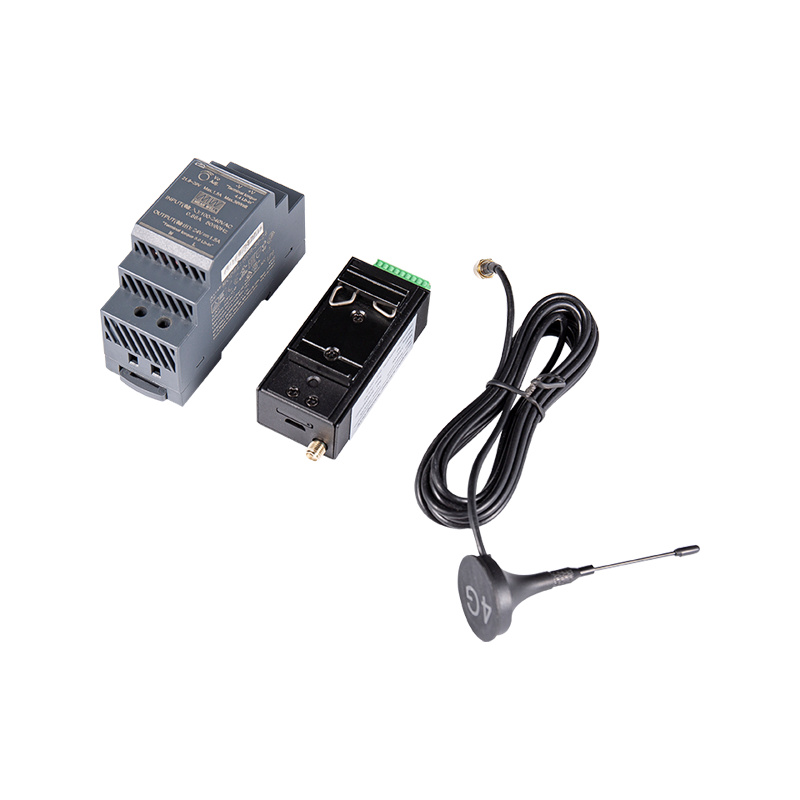Microcomputer protection device: real-time guardian of power system
In modern power system, safety and stability are of vital importance. In order to ensure the smooth operation of power system, microcomputer protection device plays an indispensable role. These devices collect electrical parameter signals such as voltage, current, frequency, power, etc. in real time through sensors installed at various nodes of power system, providing a solid data foundation for monitoring and protection of power system.
First of all, sensors, as the eyes and ears of microcomputer protection devices, are spread all over the power system. With extremely high accuracy and sensitivity, they constantly capture the real-time operating status of power system. Whether it is high-voltage transmission line, substation or power plant, as long as there is current and voltage, there will be sensors. These sensors are like loyal sentinels, always paying attention to every subtle change of power system.
The data collected by the sensor is an analog electrical signal, which needs to be converted into a digital signal before it can be processed by the microcomputer protection device. Here, the analog-to-digital converter (AD/DA) plays a key role. The analog-to-digital converter converts the analog electrical signal into a digital signal, enabling the microcomputer protection device to analyze and process the power system more accurately and quickly. This conversion not only improves the accuracy of the data, but also greatly speeds up the processing speed, providing a strong guarantee for the real-time protection of the power system.
Inside the microcomputer protection device, the digital signal converted by the analog-to-digital converter will undergo a series of complex processing and analysis. These processing and analysis are based on the preset protection logic and algorithm, aiming to monitor and evaluate the operating status of the power system in real time. Once an abnormal or fault signal is detected, the microcomputer protection device will immediately start the corresponding protection action, such as circuit breaker tripping, input of backup power supply, etc., to ensure the safe and stable operation of the power system.
It is worth mentioning that the microcomputer protection device not only has the function of real-time monitoring and protection, but also has the ability of communication and monitoring. Through the communication interface, the microcomputer protection device can transmit the real-time data, fault information and protection action execution of the power system to the host computer or monitoring system. This enables the operation and maintenance personnel to remotely monitor the operating status of the power system, discover and handle faults in time, and improve the safety and reliability of the power system.
The microcomputer protection device collects electrical parameter signals in real time through sensors installed at each node of the power system, and converts them into digital signals for processing and analysis. This real-time monitoring and protection method not only improves the safety and stability of the power system, but also provides a more convenient and efficient monitoring method for the operation and maintenance personnel. In the future, with the continuous advancement and development of technology, microcomputer protection devices will play a more important role in power systems.





